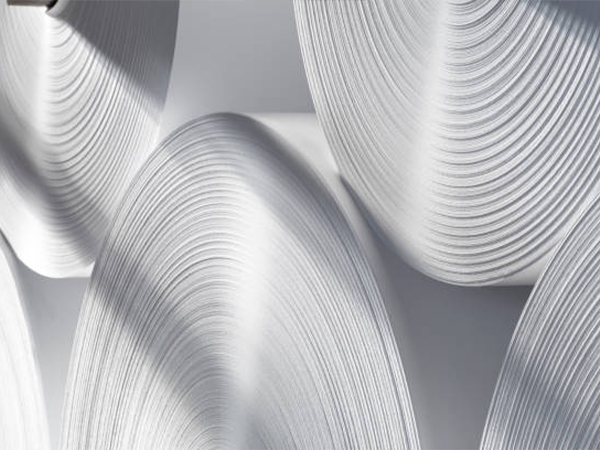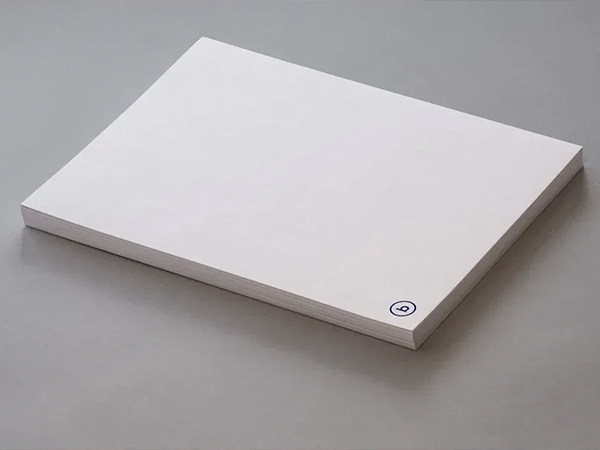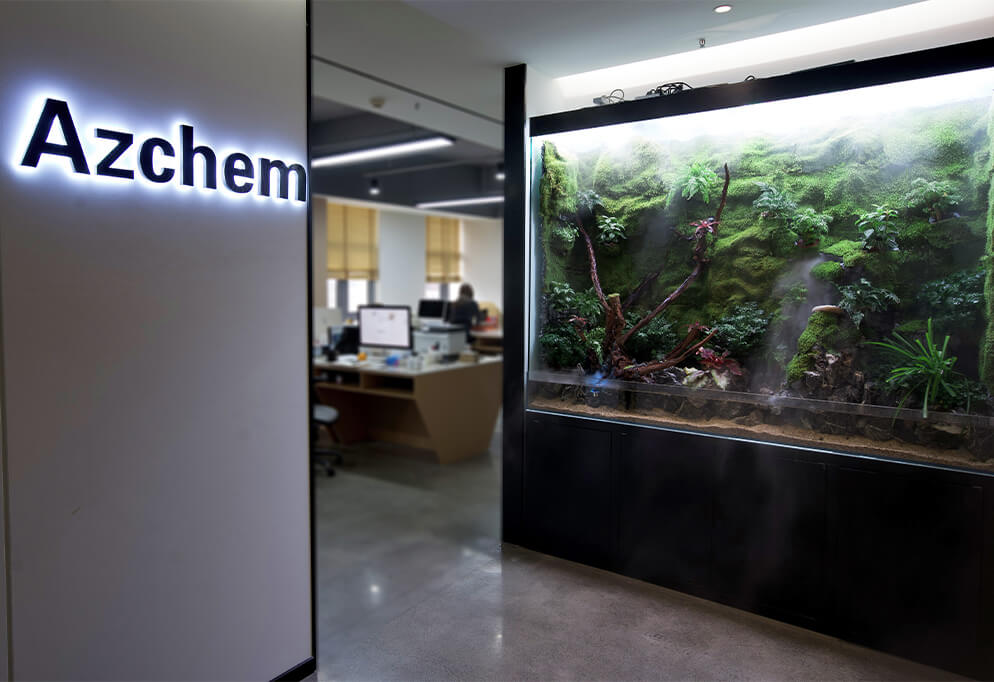Alkyl ketene dimer (AKD) is one of the most widely used neutral sizing agents in modern papermaking. Its effectiveness not only improves water resistance and ink absorbency of paper, but also enables paper machines to run at higher speeds with fewer operational issues. However, the efficiency of AKD sizing is highly dependent on a variety of factors related to raw materials, papermaking conditions, and chemical interactions in the wet end.
In this article, we explore the key factors influencing AKD sizing efficiency and how papermakers can optimize its performance in real production environments.
1. The Chemistry of AKD Sizing Agent
AKD sizing agents are synthetic hydrophobic compounds, typically derived from long-chain fatty acids like stearic acid. Their molecular structure features a reactive β-lactone ring, which opens during the drying and curing phase to form covalent bonds with cellulose hydroxyl groups. This reaction creates a hydrophobic surface that resists water penetration, achieving internal sizing.
Because AKD sizing relies on a chemical reaction with fibers rather than mere surface coverage, efficiency is not only a matter of dosage, but also of reaction conditions and material compatibility.
2. Fiber Type and Fines Content
The type and origin of pulp significantly affect AKD efficiency. For example:
-
Hardwood pulps, with shorter fibers and more fines, tend to absorb AKD more readily but often require higher dosages to achieve the same sizing level.
-
Softwood pulps, being longer and cleaner, offer more uniform sizing behavior.
-
Recycled fibers often present challenges due to residual sizing agents, high ash content, and contaminant build-up, which may interfere with AKD retention and reaction.
High fines content in the pulp slurry increases the surface area but also tends to retain more unreacted AKD, leading to sizing reversion (loss of sizing effect over time).
3. pH and Wet-End Conditions
AKD functions optimally in a neutral to slightly alkaline environment (pH 6.5–8.0). When pH drops too low:
-
The β-lactone ring may hydrolyze prematurely, reducing its ability to react with fibers.
-
AKD emulsions can destabilize, leading to sizing defects or “greasy spots.”
Furthermore, factors like white water conductivity, hardness (calcium and magnesium ions), and the presence of dissolved anionic trash can influence AKD’s interaction with the fiber matrix and retention system.
Best practice: Ensure consistent pH control and monitor wet-end chemistry to reduce AKD waste and variability.
4. AKD Retention and Fixation
AKD efficiency is closely tied to its retention on fiber and fixation via chemical reaction. Proper use of retention aids, such as cationic polyacrylamide (CPAM) or polyDADMAC, enhances AKD attachment to fibers and prevents it from being lost in white water.
However, overuse of retention agents may cause AKD to fix on fines or fillers instead of fibers, reducing overall sizing efficiency and increasing chemical cost.
Tip: Balance retention aid dosage and mixing time to ensure AKD is primarily fixed on the desired fiber fraction.
5. Drying Temperature and Curing Time
The chemical bonding between AKD and cellulose requires sufficient heat and drying time. Ideal conditions include:
-
Drying temperature: 90–120°C
-
Drying time: 15–30 seconds (varies by machine and basis weight)
Insufficient drying can lead to unreacted AKD remaining in the sheet, which not only lowers efficiency but may also cause issues like sizing reversion or deposition in drying cylinders.
Conversely, excessive drying temperatures may cause premature hydrolysis or evaporation of the emulsifier system, leading to instability.
6. Competition with Other Additives
In the modern wet end system, a variety of additives are used simultaneously—wet strength agents, retention aids, fillers, dyes, etc.—some of which may interact negatively with AKD.
-
Anionic additives may destabilize AKD emulsions.
-
Fillers (especially PCC) may adsorb AKD before it reacts with fibers.
-
Surface active agents may interfere with hydrophobicity development.
To minimize interaction issues, always evaluate the compatibility of new additives with your existing AKD sizing agent.
7. Emulsion Stability and Shelf Life
AKD is generally applied in the form of a cationic emulsion, stabilized by surfactants and emulsifiers. Its performance depends greatly on emulsion quality:
-
Poorly emulsified AKD may coagulate or deposit on equipment.
-
Expired emulsions may show reduced sizing strength, odor development, or low shelf stability.
Ensure emulsions are stored at ambient temperature, protected from freezing and direct sunlight. Use fresh emulsions within the supplier’s recommended shelf life—typically 3 to 6 months.
8. Machine Speed and Drainage Conditions
Faster machine speeds increase shear forces in the system, which may cause AKD droplets to break apart or deposit unevenly.
At the same time, faster drainage (e.g., via high-vacuum suction) may shorten the retention time of AKD, reducing its availability for reaction.
Solution: Adjust AKD dosage and use defoaming agents or drainage aids strategically to balance speed and efficiency.
Conclusion
Optimizing AKD efficiency in neutral sizing systems requires more than just increasing dosage—it demands a holistic understanding of fiber chemistry, wet-end interactions, process conditions, and emulsion behavior. By carefully managing these influencing factors, papermakers can achieve excellent water resistance, cost control, and long-term sizing stability.
✅ Ready to Optimize Your AKD Sizing System?
At Amazon Chemicals, we provide high-performance AKD sizing agents and expert wet-end chemistry solutions tailored to your production line.
📩 Contact our technical team today for application support or customized sizing formulations!






